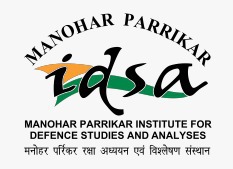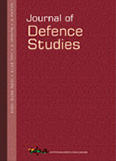HQ Integrated Defence Staff in the National Security Structure
The Headquarters Integrated Defence Staff (HQ IDS) was one of the major structures raised after the Kargil conflict of 1999, representing, for the first time since independence, a step towards integration of the three armed forces with other relevant elements of power. This article situates and examines the functions of HQ IDS in the broader context of India’s national security architecture. It begins by giving a historical overview of the higher defence organisation in India, the issues pertaining to its security architecture, and the far-reaching impact of Kargil on these.
- Satish Dua |
- July-September 2019 |
- Journal of Defence Studies




